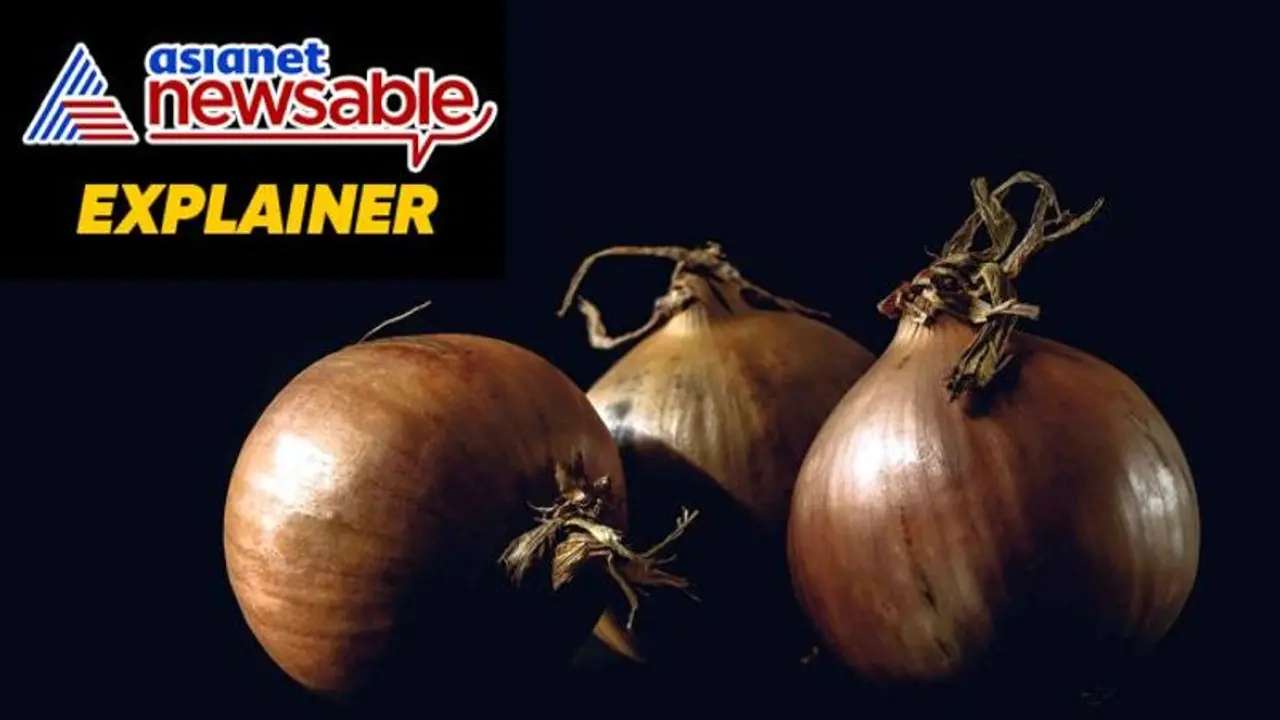The Indian government has taken a series of proactive measures to address rising onion prices and ensure the availability of onions to domestic consumers. This includes the aggressive retail sale of onions at a subsidized price of Rs 25 per kg.
The Narendra Modi government has implemented a series of proactive measures to address rising onion prices and ensure the availability of this essential commodity to consumers. One such initiative involves the aggressive retail sale of onions from the buffer at a subsidized price of Rs 25 per kg. This effort is aimed at shielding consumers from the recent surge in onion prices, attributed to delays in the arrival of the kharif crop.

These measures complement a range of strategies devised to make onions more accessible and affordable to domestic consumers. Some of the key actions taken include imposing a Minimum Export Price (MEP) of $800 per metric ton starting from October 29, increasing buffer procurement by an additional 2 lakh tons on top of the existing 5.06 lakh tons, and facilitating the retail sale of onions through various channels, including e-Nam auctions and bulk sales in wholesale markets since the second week of August.
Aggressive Disposal of Onions
The Department of Consumer Affairs has spearheaded the aggressive disposal of onions via retail outlets and mobile vans operated by entities like NCCF, NAFED, Kendriya Bhandar, and state-controlled cooperatives, all offering onions at the subsidized rate of Rs. 25 per kg.
Up to November 2, NAFED had established 329 retail points in 55 cities across 21 states, while NCCF set up 457 retail points in 54 cities across 20 states. Kendriya Bhandar initiated the retail supply of onions across Delhi-NCR from November 3, 2023, and Safal Mother Dairy is set to follow suit shortly.
To manage the seasonal price fluctuations between rabi and kharif crops, the government maintains an onion buffer by procuring rabi onions for calibrated and targeted release. This year, the buffer size was significantly increased to 7 LMT from 2.5 LMT in the previous year, with 5.06 LMT already procured and the remaining 2 LMT currently in progress.
These proactive measures have begun to yield results, as onion prices in the prominent Lasalgaon market dropped from Rs. 4,800 per quintal on October 28 to Rs. 3,650 per quintal on November 3, marking a 24% decline. Retail prices are expected to exhibit a similar reduction in the coming week.
Notably, the government has previously intervened to stabilize prices of other essential commodities, such as tomatoes and pulses. For instance, when tomato prices surged due to supply disruptions caused by monsoon rains and pest infestations, the government procured tomatoes and supplied them to consumers at highly subsidized rates, significantly lowering retail prices.
The Bharat Dal Initiative
The government has also launched the "Bharat Dal" initiative to ensure the availability and affordability of pulses, an important source of nutrition for Indian households. Under this program, dal is offered at subsidized prices of Rs 60 per kg for one kg packs and Rs 55 per kg for 30 kg packs.
Bharat Dal is made accessible for retail sale to consumers and for supply to the Army, CAPF, and welfare schemes through various cooperatives. A significant quantity of Chana stock has been allocated for conversion, with plans to make over 4 lakh tons of Bharat Dal available to consumers nationwide in the coming days.
